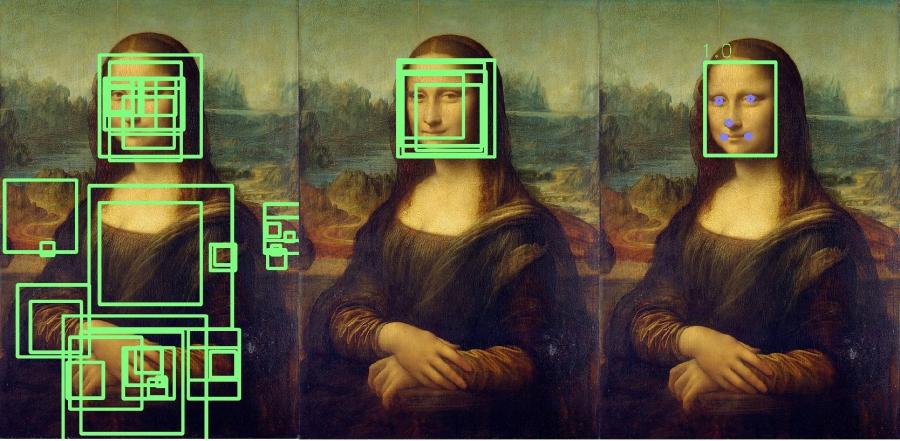Researchers from the Laboratory of Photonics and Optical Information Processing of the Institute of Laser and Plasma Technologies of MEPhI have created a correlation optical system designed for pattern recognition. The system is based on micromirror space-time light modulators and operates in space-incoherent radiation. The results of the study were published in the Optics and Lasers in Engineering journal.

Optical pattern recognition systems are widely used today in science, technology and industry for searching, identifying, locating and tracking objects of relatively complex shapes. They are already successfully used in such tasks as automatic medical diagnostics, biometric and holographic access, data processing of high-frequency antenna arrays, search and registration of faces in a video stream of traffic images in real time, etc.
Currently, among the devices used in optical pattern recognition, holographic correlators using the principles of spatial filtering are considered promising. They can provide much higher performance compared to digital counterparts due to parallel processing of information in the optical system.
The use of incoherent radiation makes it possible to expand the capabilities of correlators, in particular, to increase the number of features used in recognition due to the spectral characteristics of the radiation. At the same time, it is possible to avoid significant limitations inherent in information processing systems with coherent radiation associated with precise alignment and elimination of phase noise of optical elements.
MEPhI scientists have created a system using micromirror space-time light modulators - devices that consist of millions of micromirrors that perform binary amplitude modulation of the light flux, said one of the authors of the development, an Associate Professor of the Laboratory of Photonics and Optical Information Processing of the MEPhI, Pavel Cheremkhin.
“These modulators are faster than other types of modulators and provide megapixel image capture rates of tens of thousands of frames per second. They are widely and successfully used in solving various problems of information optics, for example, as image input devices and operational implementation of holographic and diffractive optical elements,” he said.
According to him, these modulators can be successfully used to output binary amplitude holograms, including holograms calculated using the integral Hartley transform. The integral Hartley transform is an analog of the widely used Fourier transform. When calculating the Hartley transform, two times fewer operations are performed than when calculating the Fourier transform. Therefore, holograms are calculated in a shorter time. In addition, the file of such a hologram has a smaller size, which is important for storage and prompt transmission of hologram files.
When conducting research, scientists calculated amplitude holograms using the Hartley transform. The results of experiments on outputting binarized holograms to a micromirror light modulator confirmed the high quality of images reconstructed from such holograms.
The development made it possible to recognize objects in the scheme of an optical correlator using a micromirror modulator to display calculated holograms. The switching speed of the holograms, determined by the capabilities of the modulator, was about ten microseconds. According to scientists, the maximum possible performance of the implemented non-coherent correlator can reach tens of thousands of correlations of megapixel images per second.
“The results of the study create the prerequisites for creating not only high-speed optical systems for identifying objects in non-monochromatic radiation, but also holographic data storage systems, systems for generating radiation with a given spectral composition, compact optical-digital systems for encoding video streams in real time,” said Pavel Cheremkhin.





